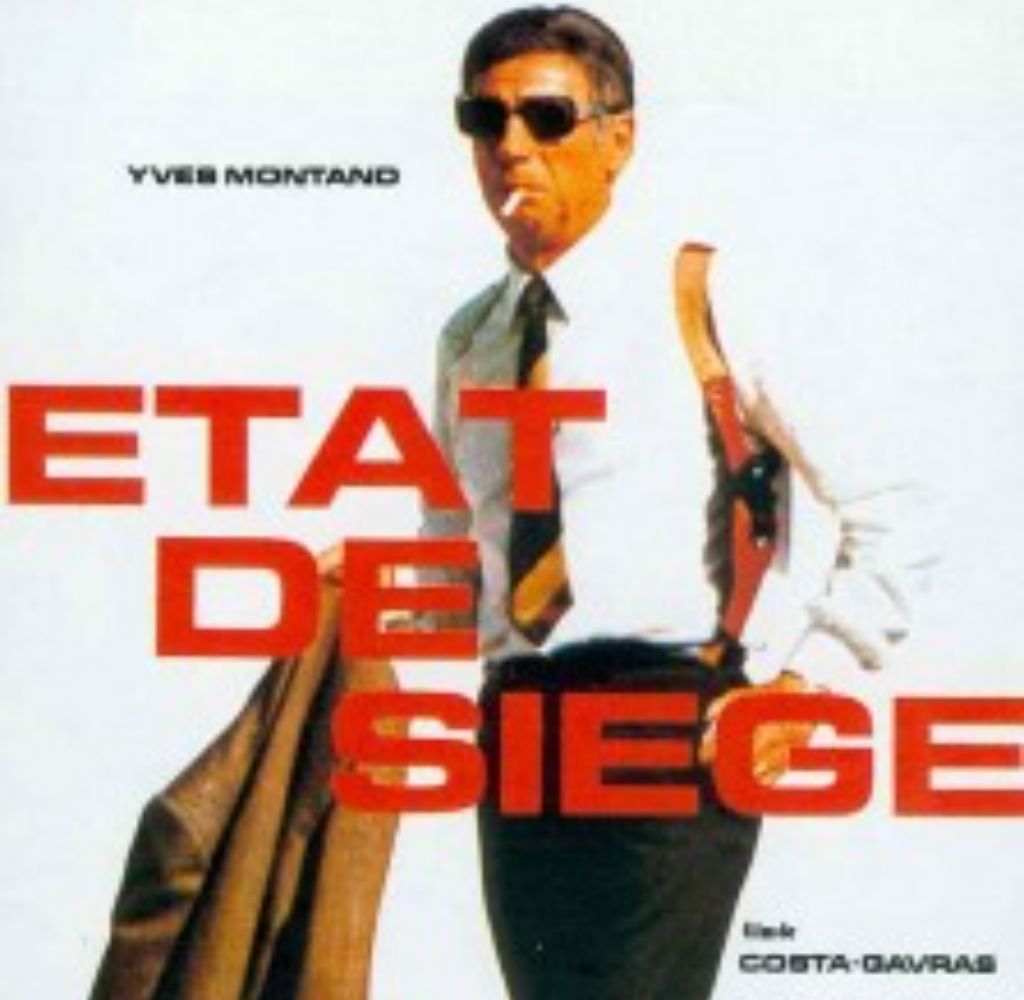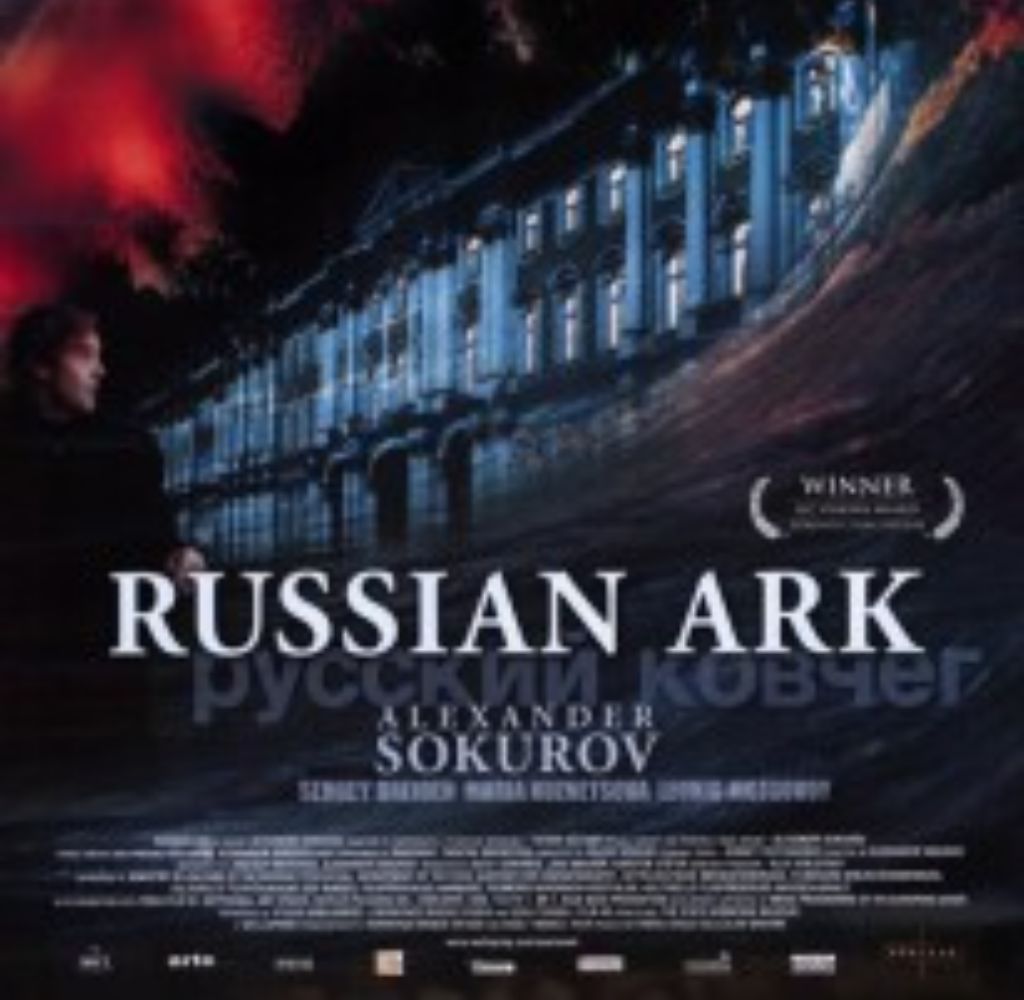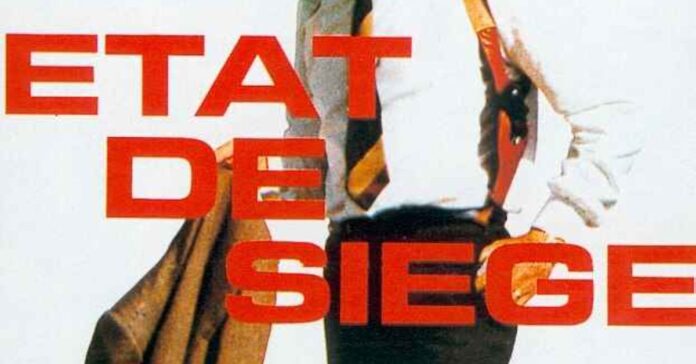“Best Print Available” Days at the AFI National Film Theater showcase iconic films presented in their highest quality prints.
This special event celebrates the preservation of cinematic history, allowing audiences to experience classic movies as they were meant to be seen.
With meticulous attention to detail, the AFI National Film Theater ensures viewers enjoy an immersive and authentic cinematic experience, making each screening a memorable journey through film history.
“Best Print Available” Days at the AFI National Film Theater
The car parts caught people’s attention first. Body parts from a 1973 Chevy Impala, painted in a flat blue hue, appeared to hover against the left-side wall of the American Film Institute National Film Theater at the Kennedy Center in Washington, D.C. The reason?
The walls were constructed of sound-absorbing, unpainted cinder blocks designed for acoustics.
However, the entire theater itself seemed like an afterthought.
The Kennedy Center had been operational for a year, yet it was only after its opening that someone realized no provision had been made for film despite being a Center for the Performing Arts.
The backstage area of the Eisenhower, the ‘legitimate’ stage at the KC complex, was later partitioned off, and the AFI Theater debuted on April 3, 1973, showcasing D.W. Griffith’s 1919 silent film “Broken Blossoms”—amidst controversy over censorship.
Costa-Gavras’ “State of Siege” (État de Siège, 1972) was withdrawn from the opening week because it dealt with political assassination, a sensitive topic just a decade after Kennedy’s assassination.
This consideration seemed to have been overlooked initially. Consequently, several filmmakers withdrew their films in protest.

So, nobody initially paid much attention to the innovative design of the venue. It was ahead of its time and remains unique today.
The seating arrangement and the layout of the projection booth were quite remarkable.
The seats and the projection booth were on a raised platform within the rectangular space, with a small stage in front of the screen on its platform and a powerful theater organ in between.
The 224 seats were arranged sharply, with steps leading up from the first four rows, resembling stadium seating before the term became popular.
The seats rose from about 4-5 feet above the floor at the front to between 20 to 30 feet at the back, conforming to the rectangular shape of the space.
Entry to the theater was through abrupt stairs under a balcony at the back and short ones at the corner of the front.
As a result, there was a very short throw from the screen to the projector, no fan-shaped seating arrangement, poor seats, and no obstructed sight lines (though avid movie buffs avoided rows 2-4 due to potential issues with subtitles).
I didn’t notice these details during my first visit to the theater, which happened to be during the standing-room-only opening week for Abel Gance’s 1927 epic “Napoleon”—one of my life’s most extraordinary viewing experiences.
The film was spectacular, but the transition to Cinemascope, facilitated by three projectors in the booth, was breathtakingly smooth (which wasn’t always the case later on).
The curtains parted seamlessly from the original academy shape to the triple screen right on cue.
Throughout the climax, the organ reverberated variations of ‘La Marseillaise,’ with the deep notes of simulated small arms and cannon fire vibrating up through the platform to the soles of your feet.
What could top that experience? For me and many others, this theater became a second home—a time before cassettes, DVDs, or screenings at venues like the National Gallery or the Freer.
Blockbusters like “Singin’ in the Rain” would attract crowds so large that some were turned away.
Over time, you began to recognize familiar faces.
The camaraderie began when a man I often contended with for Row 5, Seat 7, introduced himself—he was employed in a serious job as a legislative staffer for Senator William Proxmire, happily married, and had kids (I’m still not sure how he managed it all).
Eventually, a group of 10 to 12 regulars formed what we called the “Fifth Row Society.” We routinely asked the ticket-taker, “Who’s here tonight?”
The group was diverse, ranging from congressional staffers to undergraduates, construction workers to phone sales reps, nuclear site troubleshooters, and cultural attachés.
Screenings were always at 6:30 and 9:00, with plenty of time in between for lively discussions—and afterward, too.
One night, our discussions spilled over for so long that we were kicked out of the Kennedy Center and ended up continuing our conversations in the lobby of Howard Johnson’s across from the Watergate.
Of course, only some things ran smoothly. These were the days when you had to settle for the “best print available,” at the prestigious Kennedy Center, where the most seasoned projectionists worked, cries of “Focus!” were common.
I vividly remember one instance during a screening of Kozintsev and Trauberg’s “The New Babylon” when the focus was so off that, as a regular patron, I marched up to the booth to speak with the projectionist.
My frustration was apparent, so concerned ushers thought I might even resort to physical confrontation with the 70-year-old (though I certainly didn’t intend to).
Another memorable incident occurred during a midnight screening of Michael Reeves’ “Witchfinder General” when the reels were played out of order—1, 4, 3, 2, 5—creating a unique, almost Memento-like viewing experience.
The projectionist sheepishly apologized as we left the theater.
In such an intimate setting, with everyone familiar with each other, there were moments of audience participation.
During John Cromwell’s “Made for Each Other,” as James Stewart’s character paused with the child-saving serum, someone shouted, “It’s dead!”
Another time, during a technical glitch that caused the house lights to come on midway through Ivan Perestiani’s seemingly endless “Three Lives,” someone jokingly suggested we should make a break for it.
And during Fred C. Brannon’s classic serial “Zombies of the Stratosphere,” with Leonard Nimoy billed ninth, as the credits for each episode rolled, I entertained myself by trying to memorize the entire cast list, egged on by the sparse crowd until I succeeded by the finale.
Then came the nitrate fire incident. In 1979, during the final reel or so of Welles’s “The Lady from Shanghai” (1947), things took a sudden turn for the dramatic.
As the film played, the screen abruptly went dark, prompting me to glance over my shoulder and catch sight of flames shooting up behind the windows of the projection booth.
Presumably, the metal shutters came down shortly afterward, but I wasn’t looking at that moment.
Due to the toxic fumes, the ushers swiftly escorted us out through the immense side doors, initially intended for moving scenery, and onto the patio.
As we gathered outside, unsure what would happen next, a young couple approached my friend and me. Evidently, they had not seen the film before and asked us to spoil the ending for them.
Attempting to summarize the last act of “Lady from Shanghai,” we disagreed, and our debate grew louder, causing the couple to nervously retreat from what seemed like two crazy cinephiles.
Nevertheless, we managed to blurt out a spoiler – “they finally shoot it out in the fun house.” Ironically, when the AFI screened a safety print of the film a month later, my friend and I discovered that we had both been mistaken in our recollections.
It’s often the mishaps that stick in memory. Over the years, the question wasn’t whether I had seen a thousand films at the AFI but whether I had seen two thousand.
There were countless memorable and unique viewing experiences. However, when I was asked to become the theater’s programmer after two decades of patronage, I learned two surprising facts about the venue.
I knew it was the best place in town for widescreen viewing, but now I could investigate why.

Standing on the stage, I could instruct the projectionist to adjust the masking to ‘scope.’ Looking back at the audience, I realized something unique – the screen was more comprehensive than the seats.
Unlike most theaters, which are fan-shaped, the AFI’s rectangular layout allowed for this unusual setup.
This design had a subtle psychological effect on the audience that I had never seen in twenty years. I have no idea whose idea it was, but I had never seen it replicated elsewhere.
As the on-stage host responsible for introducing directors, stars, and writers after the film ended, I also realized that the theater was perfectly designed for this role.
Guests and I could discreetly position ourselves near the stage, out of the audience’s sight lines, thanks to the wood-topped walls along the side aisles.
This allowed us to seamlessly transition onto the stage before the lights came up, preventing viewers from leaving prematurely.
Despite its high arts reputation, the Kennedy Center’s apparent disregard for the film theater was perhaps unsurprising.
Similarly, after relocating its headquarters to Los Angeles, the American Film Institute also seemed to view the theater as an afterthought.
However, there had always been a peculiar situation.
As a visiting director from Uruguay once remarked, “You mean this is the only AFI theater? I thought there were lots of little ones all across the country.” It sounded like a good idea.
Indeed, as we discovered, circumstances are worse than being overlooked and disregarded.
In March 1998, Jean Firstenberg, the director of the AFI, announced while still in discussions with Montgomery County, Maryland, regarding restoring and reopening the Silver Theater in suburban Silver Spring.
She stated, “With video, pay per view, and satellite technologies, there’s just not a need to show repertory on a regular basis.”
This declaration led to a considerable backlash, leaving the theater open, albeit part-time.
It shared its space with the Kennedy Center and, with the stage extended, with a local theater group, alternating between being dark for a month and sneaking in three weeks of screenings out of four.
Despite the inconsistent programming, the theater achieved good to excellent box office numbers in its final years, particularly with annual Latin American and European Union festivals.
In its last year, it enjoyed tremendous success with a Kurosawa/Mifune festival and an almost entirely sold-out extended run of “Russian Ark,” possibly setting an all-time attendance record.
However, with the long-awaited opening of the triplex Silver Theater in 2003, the writing was on the wall.
All attention and publicity shifted to the new venue, and when the Kennedy Center made its move the following year, the AFI seemed resigned, acknowledging that it was their building, and they didn’t care.
The end came quietly and without fanfare on Halloween night in 2004. The last screening was a regular showing of that year’s European Union Film Showcase, featuring Pupi Avati’s 2004 film “Christmas Rematch” (La rivincita di Natale).
When I announced it at the start, the audience only became aware that it was the final show.
I brought bottles of champagne myself – well, it was on sale – and our usher, Jackie, and two distinguished local film programming colleagues helped distribute it.
I still maintain that it was the finest film-viewing venue I’ve ever encountered – and I held that opinion even before working there.
Nowadays, it serves as a theater for children, but this particular movie seat cover makes a noticeable difference in comfort.

